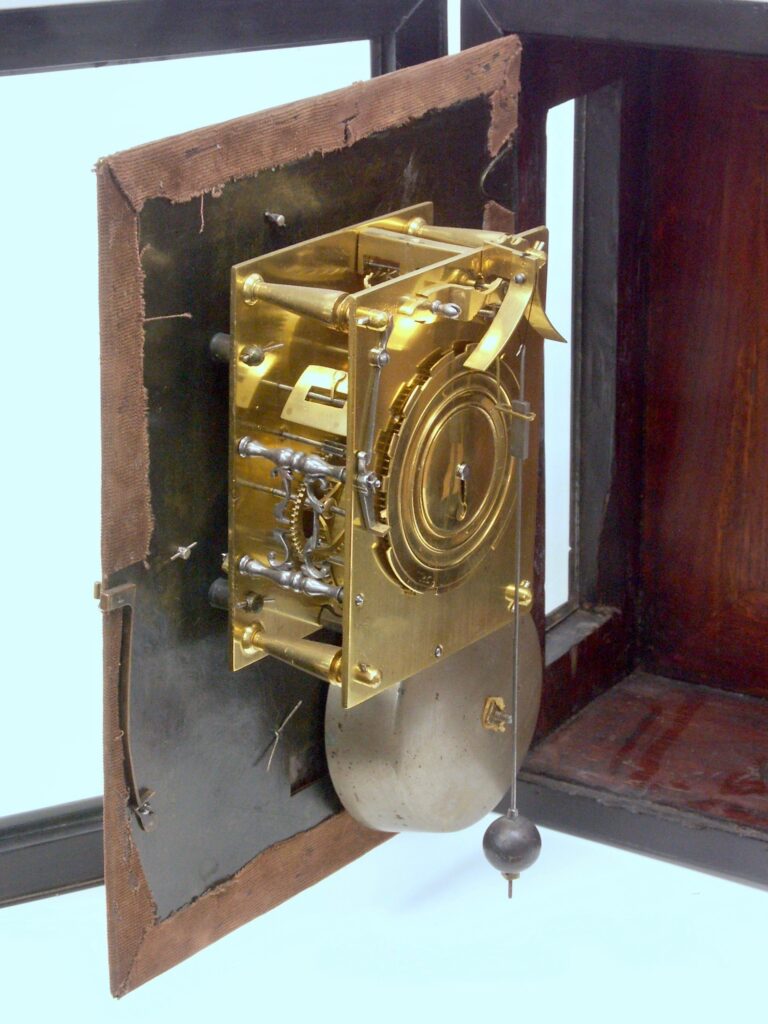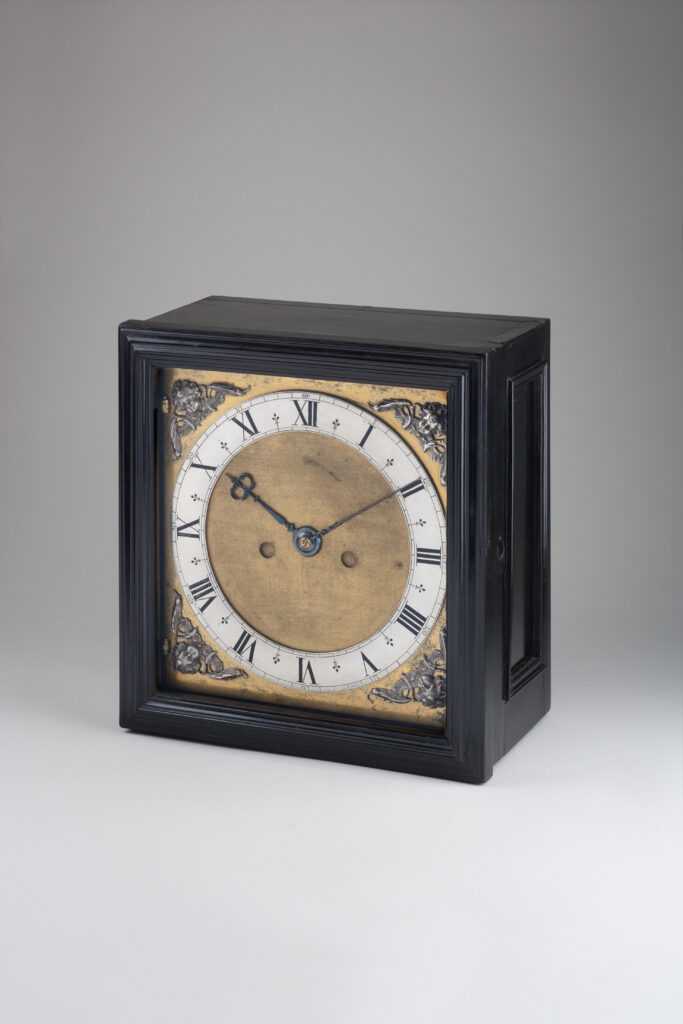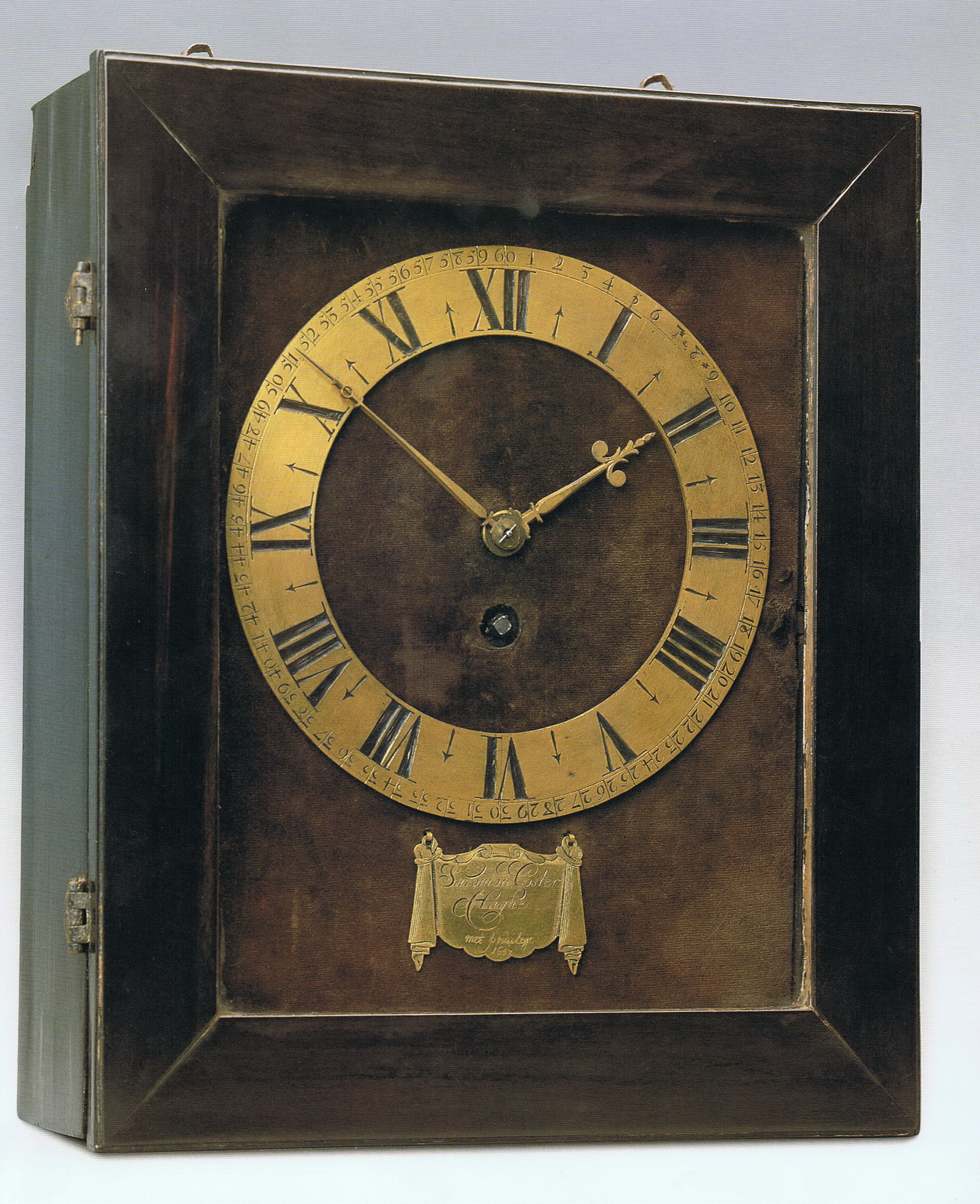Since the dawn of civilization timekeeping has been an important aspect of human cultures. Sun dials, water clocks, candle clocks and the hourglass were used as early timekeeping instruments but they proved to be unreliable. Mechanical clocks began to appear in Medieval times but these were typically large and clunky devices which also lost up to two hours over the course of a day, again proving to be unreliable. As the economies of civilization became more complex and technology advanced the demands of accurate timekeeping became increasingly necessary. An innovation in clock design was critical to improve the clocks accuracy. This innovation finally arrived in the 17th century with the invention of the pendulum clock.
Swinging to a More Accurate Clock Design
The pendulum clock was invented by the Dutch mathematician Christiaan Huygens in 1656. The pendulum clock quickly established itself as the worlds most accurate time-keeping device. It was accurate up to a degree of about fifteen seconds per day making it the most accurate timekeeping device until the invention of the quartz clock in late 1920s.
Huygens built on the work of Galileo Galilei’s experiments with the pendulum. Galileo had made some interesting observations about pendulums which he mentioned in several of his books. In the course of time some of his observations have not been proven completely accurate. In any case this are the salient points Galileo noticed:
- All pendulums nearly return to their release height
- All pendulums eventually come to rest with lighter ones coming to rest more quickly
- The oscillation period is independent of the bob weight
- The oscillation period is independent of the amplitude
- The square of the oscillation period is proportional to the length of the pendulum
It is with this information in mind that Christiian Huygens had his insight that the pendulum would make for a terrific timekeeping devise while overcoming an illness in December 1655. He immediately set to work on inventing a prototype design.
The Pendulum Clock Design
All pendulum clocks have at least five parts making up its mechanism. They are a power source, a gear train, an escapement, the pendulum, and a dial – typically the clock face – showing how much the escapement has rotated and hence how much time has passed. Its power source is a weight that very gradually drops and is reset by winding it up. A complicated series of gears takes the energy from the weight and applies it to the pendulum, which rocks a lever called the escapement that locks and unlocks a gear at a constant speed. Since a pendulum swings at a constant speed regardless of the distance it swings in provides an extremely accurate method of keeping time. The clock only works on a steady and level surface – and motion will disrupt the movement of the swinging pendulum
On June 16th, 1657, one year after Christiaan Huygens designed his prototype pendulum clock, he had the design patented. He enlisted a Dutch clockmaker by the name of Salomon Coster the begin construction of pendulum clocks. It did not take long for Huygens’s pendulum clock, in the form of the Coster clock, to spread rapidly all over Europe.



In 1673 Huygens published his influential treatise on pendulums, Horologium Oscillatorium. In it he noticed that early pendulum clocks had wide swings which made them less accurate. Clock makers soon realized that smaller swings of only a few degrees provided for greater timekeeping accuracy while requiring less power and creating less wear and tear on the device. Further design improvements also occurred around this time. The use of an anchor escapement in the 1670s led to a narrower clock design and clock case. The familiar long, narrow clock cases, designed by the English clockmaker William Clement in the 1680s, became known as grandfather clocks. Further improvements in timekeeping accuracy allowed for the minute to begin appearing on pendulum clocks by the 1690s.
Despite these clocks remarkable accuracy there was a significant drawback to the pendulum clocks design. It only operated accurately when it was flat, level, and stationary. This provided for significant challenges for using the clock on ships and later on trains. In fact as Huygens soon realized, it wasn’t practical at all to use pendulum clocks at sea. It would take another half century until the invention of the marine chronometer that accurate timekeeping could be kept at sea. But for the first time in human history and throughout the next two centuries, households, factories, and public institutions had a standard of timekeeping accurate enough that everyone could use. It allowed for the interconnected and fast paced life of the Industrial Revolution to thrive.
Continue reading more about the exciting history of science!
